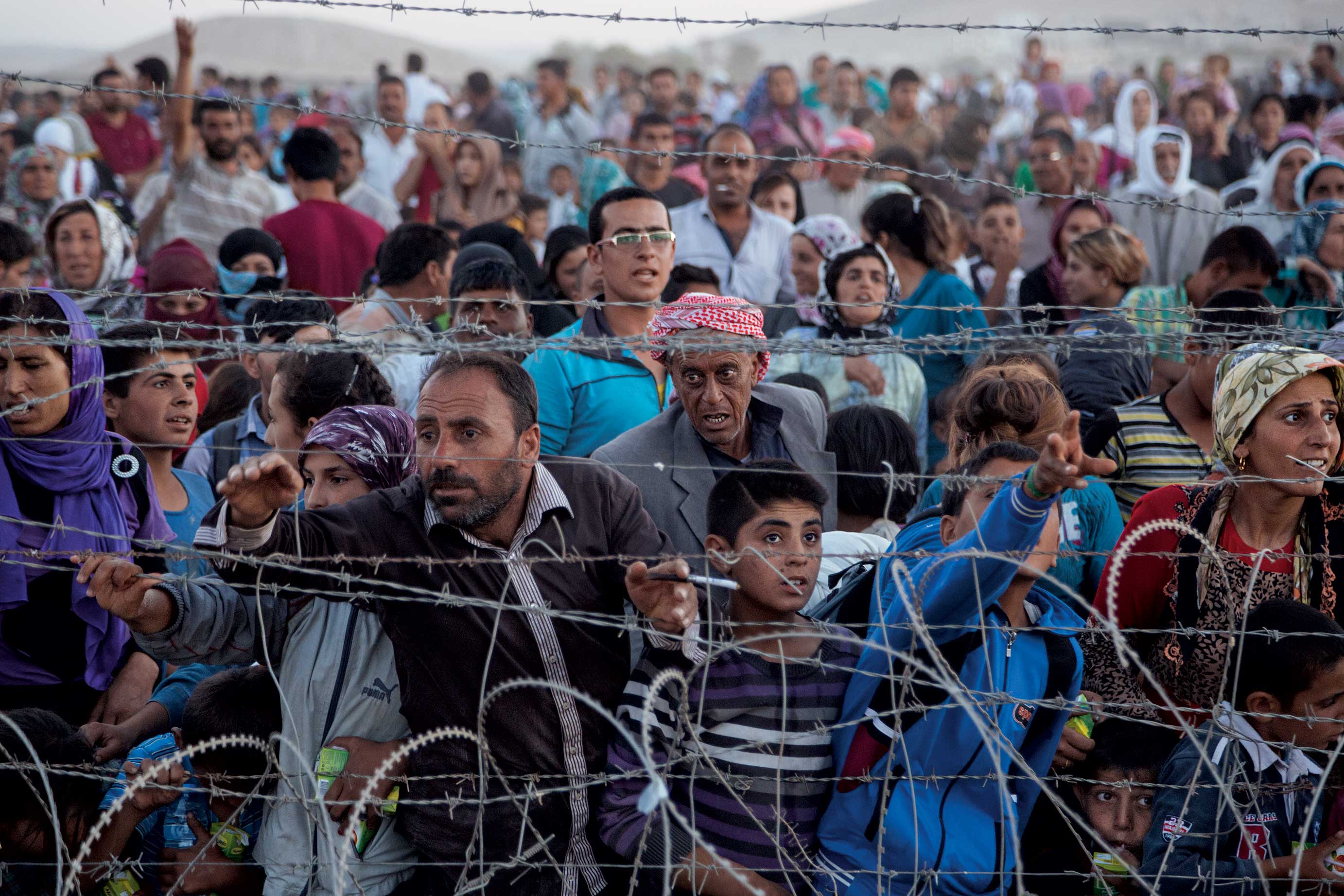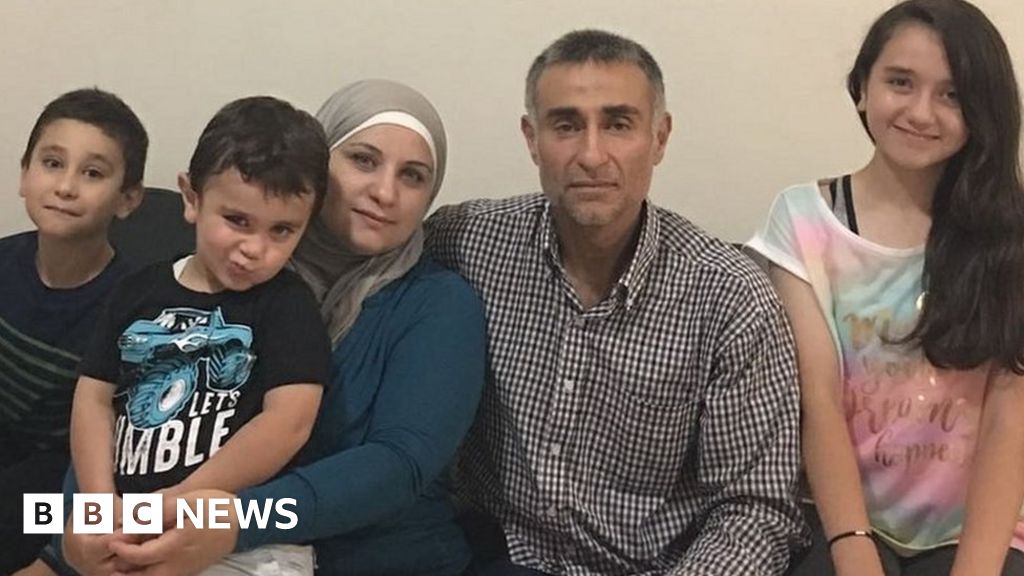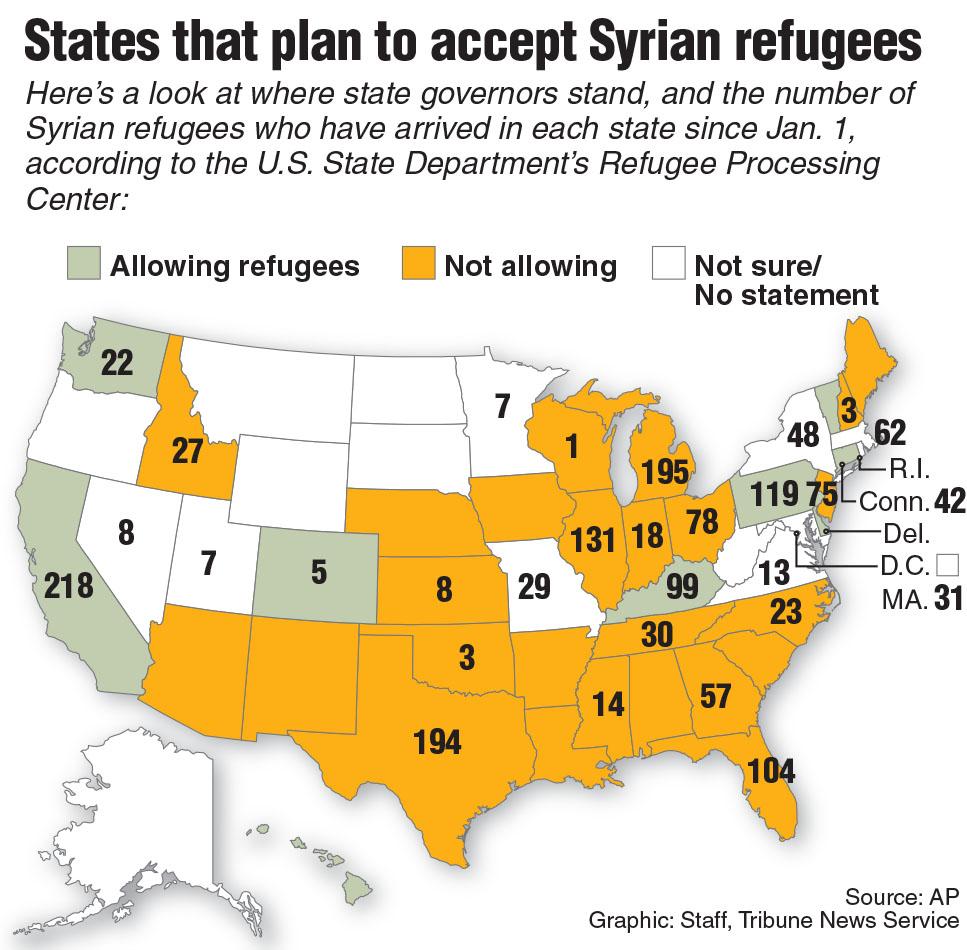

In Algeria, UNHCR rehabilitated water networks and health facilities for Sahrawi refugee camps near Tindouf, while in Mauritania it provided protection and assistance for 67,500 Malian refugees in and around Mbera camp. In Tunisia, UNHCR communicated with refugee communities on travel risks and the protection and assistance available.

In Libya, UNHCR and partners appealed for the release of detained displaced people and conducted 400 visits to detention centres, but UNHCR’s assistance was curtailed after security concerns forced its Community Day Centre in Tripoli to close. More than 105,000 families in Yemen received shelter and core relief item kits, and 41,000 refugees and IDPs received psychological first aid. In Yemen, UNHCR conducted over 230,000 protection monitoring assessments and disbursed $72 million in cash assistance to 1.4 million people, helping vulnerable IDPs to stave off famine. Overall, UNHCR’s cash assistance benefited more than 6.2 million people, a vital tool for protection across the region. 45,000 women and men benefited from parenting support. Under the 3RP, over 2 million refugees received cash assistance, 140,000 children in Iraq, Jordan, Lebanon and Türkiye received specialized child protection, and nearly 132,000 children participated in structured child protection and psychosocial support programmes.

The Regional Refugee and Resilience Plan (3RP), co-led by UNHCR, remained the cornerstone of support for 5.7 million Syrian refugees and their host governments. UNHCR newly registered 128,000 people across the region, including 15,800 requiring international protection among mixed movements in North Africa. Displacement increased in the Middle East and North Africa in 2021, with a total of 16 million forcibly displaced and stateless people at year end, compared to 15.8 million a year earlier.


 0 kommentar(er)
0 kommentar(er)
